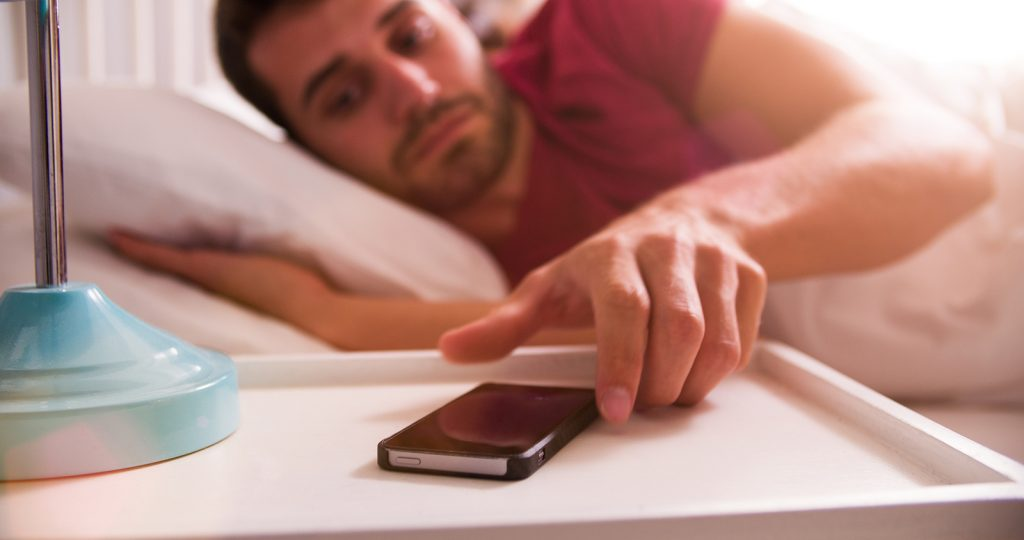The world has been enslaved by instant gratification. Various channels offering boosts of dopamine are taking away our productivity and valuable time, leaving us depressed and addicted to the pleasures that are one click away.
Social media use, according to psychiatrist Adriana Stacey from Fayetteville, Arkansas, acts as one such “dopamine dump,” producing transient pleasure. So,what is Dopamine? Dopamine is a neurotransmitter that is released when a person gambles, indulges in sex, consumes tasty cuisine, uses opiates, or engages in successful social interactions.
Checking social media is biologically similar to doing cocaine or playing slots, for instance. The dopamine network instructs our brains to continue performing specific actions. According to Stacey, this region of the brain is actually more hyperactive in teenagers than in adults. They lack the motivation to carry out any other tasks.

On top of this, there is a continuous information overload on our brains, further ameliorated by reward prediction error (RPE) encoding, which is deliberately encouraged by tech companies to persuade their users to stay stuck within the loop of the social media spiral.
RPE makes our brain’s reward centre yearn for more boosts of what it finds amusing—which is none other than dopamine. It serves the same purpose as a slot machine in a casino, making people anticipate and anxious for the next outcome after the wheel stops spinning.
So how do you get out of the loop? Here are some scientifically proven ways to get you out of the incessant waves of social media drunkenness.
How to Dopamine Detox

There are several methods derived by scientists that could substantially decrease your addiction to instant gratification and get you out of the loop.
Mindfulness
First and foremost of all, practice mindfulness.
Mindless scrolling is oftentimes something that people engage in without knowing its consequences. Each time we scroll through different feeds, the brain gets a shot of dopamine, achieving a “neurological high.”
According to a Penn State University study, mindless scrolling is caused by a deep-seated fear of missing out, or FOMO.
“People tend to function on autopilot until something inside their heads or in the world around them subtly or explicitly suggests it’s time to move on.” Reaching the end of a feed is one such cue; removing the end point short-circuits that cue,” says Adam Alter, a professor at NYU’s Stern School of Business and the author of Irresistible: The Rise of Addictive Technology and the Business of Keeping Us Hooked.”
Mindfulness acts as the key to a productive regimen. You can stay mindful when you pick up the phone first thing in the morning, if you consciously and consistently plan for it beforehand. Take deep breaths and analyze the cause and effect—whether this will make you feel good or miserable after scrolling.
Keep Proximity in Check

To resist the urge and keep the proximity in check is the next step to achieving freedom from the negative spiral.
Psychologist Larry Rosen, author of The Distracted Mind: Ancient Brains in a High-Tech World, says, “The typical young adult, unlocks their phone more than 70 times per day, checking it for 3 to 4 minutes before locking it, and then repeating the same process about 10 minutes later.”
Experts suggest that putting your phone away from your bed can make you less likely to use it than when you keep it beside you. It would be better if you could move the phone to another room. The more the subject of distraction is altogether dismissed from your line of sight, the better.
Abstain from SNS
Another effective strategy to curb addictive behaviors is to take a 30-day break from every type of social networking site; allow your brain to rewire and sort out its priorities.
A study published in Cyberpsychology: Behavior and Social Networking, conducted by researchers at the University of Bath, found that even a week-long social media break can play a huge role in alleviating an individual’s mental health conditions such as depression and anxiety—assisting in freeing up a lot of time in their schedule.
“Social media (SM) has revolutionized how we communicate with each other, allowing users to interact with friends and family and meet others based on shared interests by creating virtual public profiles,” the research elaborates.
Power of Delayed Gratification

Delayed gratification, or the ability to resist the temptation for immediate rewards, can take you a long way.
According to a Stanford study called the “Marshmallow Experiment,” kids who practice delayed gratification have a great likelihood of achieving academic success later in life.
Sticking to the aforementioned steps and supervising your own schedules to assess your free time activities— and being conscious about whether your small, rectangular screen is unobtrusively taking away your valuable time—can help you practice what you really enjoy.
Hiking, playing musical instruments, or journaling—whatever gives you a sense of fulfillment and boosts your self-esteem and sense of purpose—can help you get back on track—and eventually lead a life of contentment with delayed gratification.













